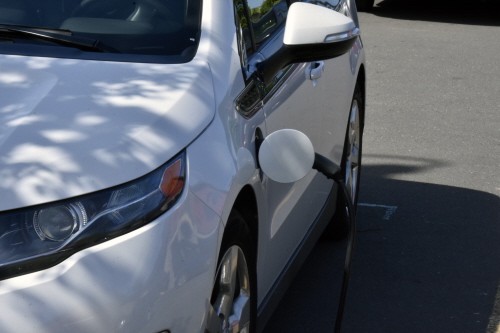
The two-year research project was conducted at Surrey University and overseen by Dr Donald Highgate, co-founder of Augmented Optics, the company that commissioned the study.
Jim Heathcote, chief executive of Augmented Optics and its subsidiary, Supercapacitor Materials Ltd, explained that he and Highgate were interested in developing a new polymer ‘with interesting electrical properties’ that could – among other applications - facilitate an ion electron interface in prosthetic limbs.
“Biological systems use ions to transmit signals to muscles through the nerves,” said Heathcote. “If a soldier loses a limb, current technology is based on electrons and the prosthetics do not link to the nervous system. An ion electron interface would mean we would be able to put a nerve contact device which links to a prosthetic, so you could have could biocompatible ionics [bionics].”
The polymers – which are based on large organic molecules composed of many repeated sub-units and bonded together to form a 3-dimensional network - were sent to Bristol University for independent assessment.
According to Heathcote, the report that followed stated that the materials ‘were characterised by geometrical capacitances of the order of 0.01 Farad per square cm. These values are 3 or 4 more orders of magnitude larger than the geometrical capacitance of carbon electrodes in conventional electrolyte solutions.’
“So we’ve found some materials which are showing 1,000 to 10,000 times the capacitance of conventional electroytes and supercapacitors,” he said. “We’ve discovered these remarkable properties and now we have to build a supercapacitor so that we can check and verify that the properties reported in the testing translate into some kind of energy density improvement in the supercapacitor.”
If successfully translated, the development could lead to very high energy density supercapacitors that make it possible to recharge mobile phones, laptops or other mobile devices in seconds.
The technology could also impact aerospace, energy generation, and transportation, particularly in electric vehicles where recharge times could be slashed and vehicle architecture rethought to accommodate smaller power sources.
Heathcote added that Augmented Optics Ltd/Supercapacitor Materials are looking for commercial partners to further develop ultra-high energy density storage devices with the advanced polymers.




Red Bull makes hydrogen fuel cell play with AVL
Formula 1 is an anachronistic anomaly where its only cutting edge is in engine development. The rules prohibit any real innovation and there would be...